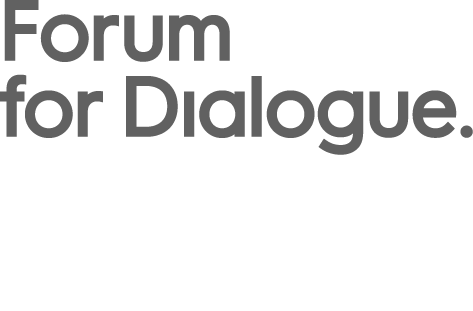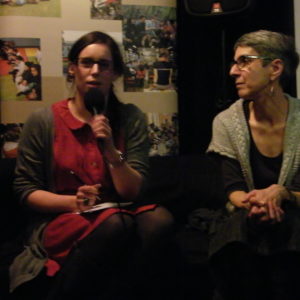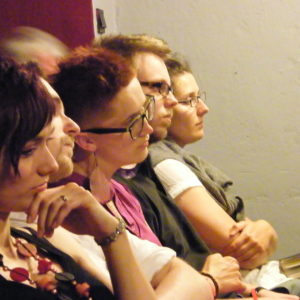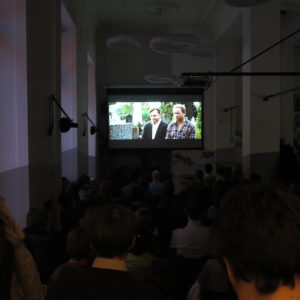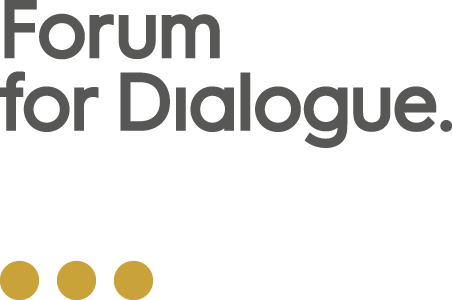Through cooperation with Jewish Motifs Association that lent us a copy of the film, during the meeting at Chłodna25 café club held on March 15, 2012 we were able to screen “Hiding and Seeking” by Menachem Daum. A conversation with Helise Lieberman, director of Taube Centre for Jewish Cultural Revival, followed the screening. Both the film and the discussion pertained to the attitudes of American Jewish diaspora towards Poland and the Poles – a topic that is often a source of controversies and discussions in the media among politicians and those involved in Polish-Jewish dialogue. The terms used by American media about contemporary Poland and Polish history (such as the infamous “Polish concentration camps”) raise bewilderment and strong opposition from the Poles, Polish Americans as well as Jewish communities.
